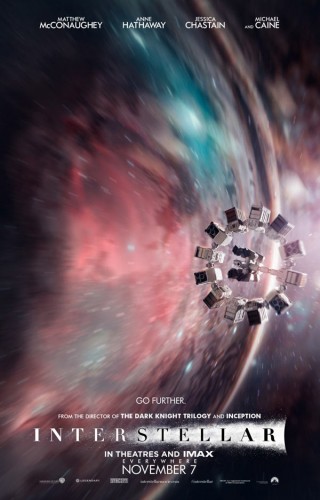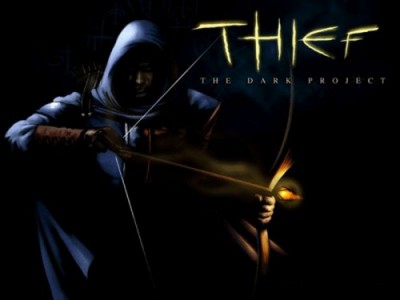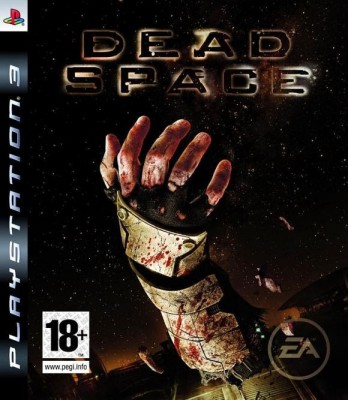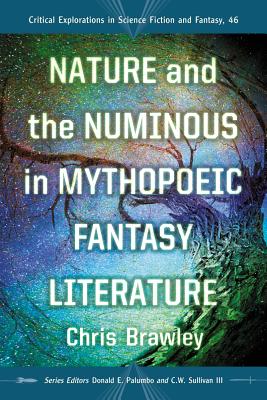 I’m a huge fan of Nolan movies and beside Inception my top list of favorite movies of all time consists of Blade Runner, Ghost in the Shell, and The Empire Strikes Back. Yet somehow I had not seen Interstellar until now, even though it was a foregone conclusion that I would love it. Even with just knowing that it’s a Nolan movie about space and wormholes. Once I heard that much last year, I didn’t watch any trailers or read any preview articles about it, knowing that I would eventually see it, almost certainly love it, and love it all the more the less I knew about it in advance. But somehow I never watched it when it was released or got it on DVD when it came out until now. It was actually just me wondering out of the blue how the music for the movie would be and looking it up it sounded really quite amazing. This had me think about a technical question on how it was done and suddenly I found myself being only 80% blind to the content of the movie instead of 95% as I had been before. That convinced me that I had to actually watch it and to watch it very soon! Which I did yesterday.
I’m a huge fan of Nolan movies and beside Inception my top list of favorite movies of all time consists of Blade Runner, Ghost in the Shell, and The Empire Strikes Back. Yet somehow I had not seen Interstellar until now, even though it was a foregone conclusion that I would love it. Even with just knowing that it’s a Nolan movie about space and wormholes. Once I heard that much last year, I didn’t watch any trailers or read any preview articles about it, knowing that I would eventually see it, almost certainly love it, and love it all the more the less I knew about it in advance. But somehow I never watched it when it was released or got it on DVD when it came out until now. It was actually just me wondering out of the blue how the music for the movie would be and looking it up it sounded really quite amazing. This had me think about a technical question on how it was done and suddenly I found myself being only 80% blind to the content of the movie instead of 95% as I had been before. That convinced me that I had to actually watch it and to watch it very soon! Which I did yesterday.
And I should have watched it last week! It would have been so much better going into the movie completely blind, not even knowing what the story is about. Not knowing about the setting, not knowing about the underlying conflict, not knowing about the goal. Many people consider Nolan movies to be confusing, but I personally think the one way in which they could be better would be being less predictable. And even just knowing a few basic things about the plot lead to me not really being surprised by the story of Interstellar. So in this review I will not be talking about the story at all but instead about why I think you should really see this movie. If this kind of movie is for you. Of course there is so much to talk about in this movie and I think I will do another post in a near future where I will totally nerd out about all the things I’ve seen and discovered.
The Heart of Darkness
But for now I’ll try to keep it strictly to the merrits of the movie aside from the plot. To outline the story just in very broad strokes, it takes place in a future where the world is in terrible shape and the hope for the future of huminity lies in the exploration of distant planets in space. However, the physics involved that allow humans to reach other planets do extremely strange things to our perception of time and space, which results in a very weird and bizare experience for the astronauts. A lot of talk about the movie has been about how much actual hard physics and space technology is in the movie and how much more accurate it is than any other movies that have been made before. And that is true. But Interstellar is not a hard science-fiction movie! This is a really funky movie. Much more than Dark Knight movies and even Inception, this movie is all classic, oldschool Nolan mindfuck. Or, as I would rather think about it, classic Nolan cerebral lovemaking. Nolan’s movies are often considered to be postmodernist or existentialist, and Interstellar certainly is weird. But there is absolutely nothing humorous, ironic, or mocking about it. It’s not a crazy fun ride or a space adventure or anything like that. This is a seriously heavy philosophical and emotional movie. One might even be temped to call it spiritual, but that term probably would create the wrong impression. It is in fact one of the defining aspect of Existentialism that it sits firmly on the blurry part of the border between philosophy and spirituality. It is concerned with issues that are traditionally considered religious while at the same time rejecting the concepts of the supernatural or the divine. All of Nolan’s movies touch on this spehere, but Interstellar dives into it much deeper than ever before.
And I think this is the main factor that will determine if this movie is for you or not, and how much you’ll enjoy it. The Batman movies are somewhat unusual superhero movies, but they are still superhero movies. Inception left many people confused about the plot, but it still entertains as a popcorn action movie. Interstellar just won’t do that. It doesn’t really have any action scenes and a narrative that is pretty simple. (While it’s very deep, it’s not complex.) And it’s almost three hours in length. Almost everyone is used to movies that run 120 minutes, but adding 45 more minutes to that makes a big difference. And since it isn’t packed to the brim with plot development, it also is pretty slow paced. Oh, and yeah: It’s also very bleak. It’s not a violent movie or an agonizing movie, but it’s dark. I’ve been thinking about elaborating on this a lot, but everything I come up with feels like it would give away too much. I think a comparison with Blade Runner and Ghost in the Shell is really quite appropriate here. If you can get something out of these kinds of movies, I think you’ll also enjoy Interstellar.



